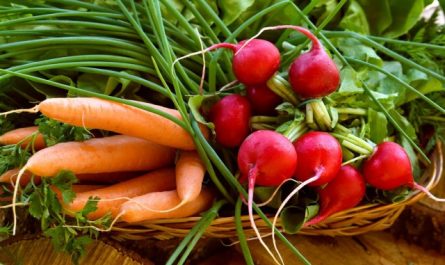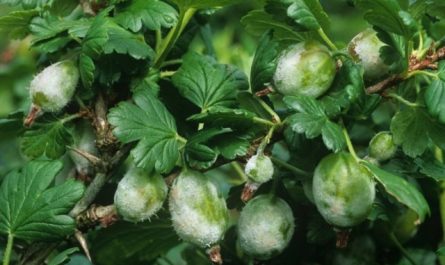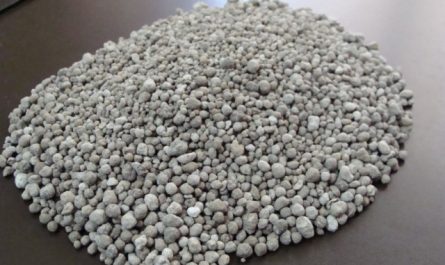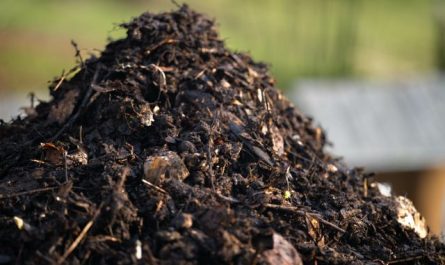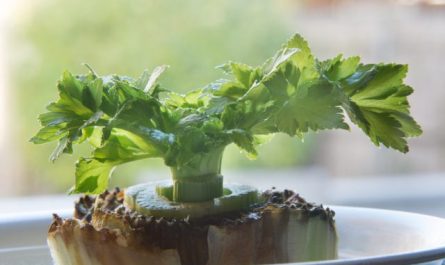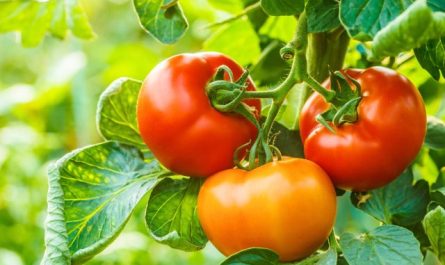I first encountered the melon many years ago, when this crop was still very rare and exotic, and its seeds could only be obtained from collectors. The first variety I grew was called “Konfetka”, and our entire family was absolutely delighted with it. The harvest was collected in boxes, the fruits were sweet and fragrant, like true melons. Currently, the melon has become a more common crop, and a rich variety of its varieties has appeared on the market. Hoping that the new cultivars would be no worse than the first, I was fired up with the idea of trying almost all the varieties of melons available for sale. I will tell you about the outcome of this venture in my article.

What is a cucumber melon?
Although the myth that the melon is a hybrid of a melon and a cucumber has long been debunked, there are still many gardeners who think so. Moreover, such incorrect information can sometimes be found even on seed packets! Therefore, I consider it important to remind you once again that this is not a hybrid, but an independent species from the Pumpkin family, and it, in turn, also has numerous varieties and hybrids.
This vegetable is very popular in Italy, where it is known as the Mandurian round cucumber, or Manduria. Botanical name thief — Cucumis melo, the same as that of a melon. Cucumber in Latin it sounds like – Cucumis sativus. From which we can conclude that the melon is a type of melon, and only shares the same family with the cucumber, the Pumpkin family.
Numerous varieties of melons boast a rich diversity. They differ in shape – round, oval, elongated, pear-shaped. In size – from 50 grams to 2 kilograms. And also in color – green, yellow, striped. They can have different thickness of pulp, level of sweetness, shades and intensity of aroma.
The melon varieties I grew this summer also surprised me with a very rich variety of form and taste, and among them were both new favorites and complete disappointments, which took up space in the garden in vain. I hope my experience will be useful to readers who are just looking at this crop and trying to understand the diversity of varieties.
Before moving on to the description of the varieties, I will note that all of them were grown in a very favorable summer for melons – not rainy and quite hot, so they had the opportunity to show themselves to the maximum. And if some varieties turned out to be unsweetened or slightly sweetened, then this is most likely a varietal feature.
The seeds were sown in mid-May directly into the soil, the harvest could be collected from mid-late August, some fruits were picked up before mid-September. The plot is located in the Voronezh region, the soil is rich black soil, no fertilizers were applied, watering was minimal only at the beginning of growth.
1. Cucumber “Matsaren”
Cucumber Melon “Matsaren” — a hybrid of cucumber melon with an unusual appearance and taste. While almost all cucumber melons have round or oval fruits, this one is distinguished by narrow, elongated fruits with a tapered top, which slightly resembles a narrow pear. The skin is the color of a sea wave.

According to the manufacturer’s promise, the average weight of a melon is 400-500 grams, which was true, since my melons weighed on average 300-400 grams, 20-25 centimeters long. 3-4 fruits ripened on one bush. When sown in mid-May, they ripened in mid-late August.
Fully ripened fruits become soft. For this reason, I was even afraid to taste the first fruit, considering it spoiled, but the aroma was pleasant, so I took the risk and did not regret it.
Inside, such a melon looks very elegant and resembles some exotic fruit: inside the seed chamber is a bright orange “jelly” with seeds, the pulp itself is greenish-yellow, and near the peel it becomes bright green. When cutting, a fairly strong pleasant aroma is felt, the layer of edible pulp is about 1,5 centimeters. The consistency of the pulp is crumbly and very sweet to the taste, with an unusual pleasant aftertaste.
The only drawback of the variety: low transportability due to the softness of the fruit. The melons of this variety were the only ones that burst during transportation from the plot to the city. But, in general, in my opinion, the variety deserves a rating of “5”. I recommend planting.


2. Ogurdynia “Green Dragon”
Cucumber “Green Dragon” — one of the largest-fruited varieties of cucumber melon. Producers promise fruits weighing 500 grams, but I even grew melons weighing about a kilogram. All fruits have a wide pear-shaped form with a diameter of 15 (approximately) centimeters, the color of the peel is yellow-green with wide dark green longitudinal stripes.

The variety is very productive. There were five such large fruits on one bush on average. In addition, this melon had the most “meat” compared to all the varieties that I grew. That is, it has the thickest layer of pulp, 2 cm wide, which means there will definitely be something to eat.
The pulp is crispy and very sweet, and even unripe fruits are tasty, and they are more like a melon than a cucumber. The pulp is pale green in color, and has a slight melon smell. The information on the package says that the variety has the smell and taste of muskmelon, but I did not notice anything like that. For me, it was just like a sweet ripe melon.
By planting this variety, you will get a high yield and pulp that is as close as possible to melon. Based on the totality of positive features, this variety gets a well-deserved “5” from me. I highly recommend planting it.

3. Cucumber “Green Beauty”
According to the variety description on the seed packet, the weight of the fruits of this hybrid is 500 grams. In my garden, I collected 6 fruits from one bush of the melon “Green Beauty” with an average weight of 350 grams, the largest reached 400 grams. The fruits, in addition to being round, can have a slightly elongated or pear-shaped form. Mine were all perfectly smooth, like balls.

The color of the peel, as in the picture, was a uniform green with a little ripple, but when fully ripened, yellowness appeared in the upper part. The smell is weak. The flesh is bright green, which is why, at first glance, the fruit seems unripe, but at the same time, the melon is so juicy that it even resembles jelly.
When I dared to try Green Beauty, it turned out that neither of these statements were true. Even when fully ripe, the flesh of this melon retains an unusual bright green color. The taste, despite its unripe appearance, was simply amazing, very sweet, truly melon-like, and slightly tart. Personally, its taste reminded me of the popular ribbed melon “Ethiopka”, and the manufacturer describes its aroma as reminiscent of the muskmelon “Cantaloupe”.
The pulp was not jelly-like, not hard and not crumbly, but moderately elastic. The 18% sugar declared by the manufacturer also, apparently, fully corresponded to reality. And yet I will give this variety “4+” because of the too small size and layer of pulp (approximately 1 cm). I recommend trying it.


4. Cucumbermelon “Lazy Man’s Dream”
Cucumber Melon “Lazy Man’s Dream” looks very similar to the popular “Kolkhoznitsa” melon variety. When fully ripe, it has a bright yellow thin skin and a very sweet taste with a melon aroma. The average weight of the fruit, according to information on the seed seller’s website, is one kilogram. They also say that these melons should be early and be successful even in a cold summer.

Perhaps I got too fresh seeds, but this variety was the last to produce female flowers, which meant I had to wait longer for it to be fully ripe. So when we were actively eating other varieties of ripe melons, we picked this one with the green skin. It was crispy, had a pleasant smell of freshness and was only slightly sweet, more reminiscent of a tasty and sweet cucumber.
The fruit picked later, in September, was yellow and really smelled like melon and tasted sweet and honeyed, the flesh was crispy in consistency. The average weight of the fruit in my conditions was 400-500 grams, with 4 melons on the bush. The main advantage of this variety is the relatively thick layer of flesh, which is not comparable to many other varieties of cucumber melons. Based on the totality of its advantages, I give the variety a “4”, although it could have been a “5” if the fruits had set earlier. I recommend trying it.


5. Ogurdinya “Larton”
Ogurdinya “Larton” weighs, according to the description of the seed producer, 800-1200 grams. But in my case the fruits turned out to be very tiny, on average 250 grams. On one bush 5 cucumber melons were set.

The appearance of the fruits also did not quite match the picture on the seed packet. In the picture, the melons were not ribbed, the color was dark green with light stripes. My harvest was very nice, quite ribbed fruits of a greenish-bluish color with light stripes along the ribs.
The fruit had no smell at all, but when cutting it, you could feel the fresh cucumber aroma. The first fruit that I tasted in early August was slightly unripe and had a significant bitterness. But it can be called noble, since it gave the fruit a very unusual exotic flavor and was not similar to the unpleasant bitterness of unripe melons. In general, unripe fruits of this cucumber melon can be eaten.
At the end of August, I tasted another fruit, which had become softer, and here the bitterness was completely absent. The melon was sweet, but its taste could be called melon only partly. It was more like a combination of cucumber and sweet pumpkin. The flesh was greenish in color, 1-1,2 centimeters thick, elastic and very juicy in consistency.
Due to the specific, albeit pleasant taste, as well as the small size, I give this variety a “3”. If you have space, I recommend trying it, perhaps there will be some connoisseurs.


6. Queen Anne melon
Cucumber “Queen Anne” became the main disappointment of the past season. The only thing it didn’t disappoint with was its yield. However, I didn’t understand what to do with such a useless harvest. I collected 12 melons from just one bush, the average weight of which was 50-70 grams, the only more or less large fruit weighed 250 grams.

The color is striped, with brown stripes on fully ripened fruits. There was very little pulp in these tiny melons, but this shortcoming could be forgiven if it had a pleasant and sweet taste. But, unfortunately, even the fruits that were fully ripened under the hot sun were bland, without any hint of sweetness.
Of course, the seed producer did not promise on the packaging that the fruits would be sweet, but at the same time prudently kept silent about the taste. Although, in my opinion, it would be more honest to note that the variety belongs to decorative aromatic, and not to dessert, then, probably, there would not be so many disappointed reviews on the Internet.
By the way, later on the Internet I found information about a cucumber called “Queen Anne’s Pocket Melon” (Queen Anne’s Pocket melon) and, apparently, this is the full name of this cultivar. “Queen Anne’s Pocket Melon” was very popular with ladies of the late 19th and early 20th centuries, they carried it with them as perfume, due to its pleasant strong aroma. These babies were not eaten, as they were not sweet at all. But I did not like this melon as a flavoring either.
The room where these melons were stored in our apartment was indeed filled with a melon smell, which was stronger than that of other varieties located nearby. But, in my personal opinion, its aroma was so strong and cloying that it quickly became boring. And such flavorings were stored for no more than 1,5-2 weeks, after which they shriveled up and had to be thrown away. Therefore, I cannot recommend this variety to gardeners. My rating for it is “2”.

Dear Readers, If you are faced with the choice of whether to plant a melon, it is advisable to weigh all its advantages and disadvantages. For example, most varieties have very little pulp. And although producers claim that the melon ripens earlier than cantaloupes, in fact it ripens at about the same time as early varieties. But melons can have a very unusual, refined taste, are on average more productive than most melon varieties, and can be eaten unripe instead of cucumbers. This crop is also considered more cold-resistant than melon. Therefore, I still recommend trying it.










